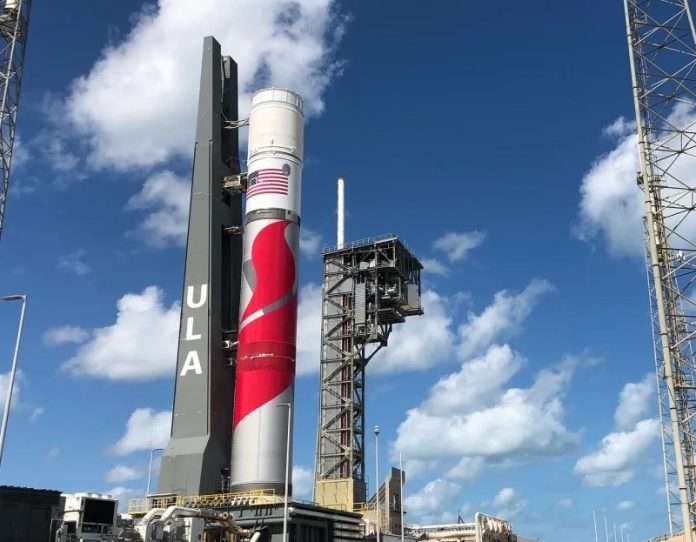The space race of the 1960s proved that competition drives innovation. The new space race of the 2010s, now between private sector companies rather than nation states, is proving much the same thing. On Monday, the same day that the launch and then landing of SpaceX’s Falcon 9 rocket was scrubbed due to weather, the United Launch Alliance, a partnership between Boeing and Lockheed Martin, announced its new rocket, the Vulcan.
In many ways the Vulcan, so named by the public, is ULA’s answer to the Falcon 9. While the first stage of the Falcon 9 is designed to land on a barge to be brought back for reuse, the Vulcan’s main engines are designed to detach from the first stage, deploy parachutes to slow their descent, and then be snatched in midair to be brought back and reused. This feature will not happen on the first launch, but eventually will be standard if it makes economic sense.
The other innovative feature of the Vulcan consists of the second stage, which will be able to operate in space for lengthy periods, deploying, in theory, multiple satellites in different orbits. This feature would give the new rocket a remarkable flexibility quite unseen in any previous launch vehicle.
ULA estimates that the Vulcan will eventually have a flight rate of 10 to 20 a year at a cost of $100 million a launch, a sharp reduction from the Atlas V’s current #165 million per launch. It will be capable of deploying just about any payload imaginable, from communications satellites to planetary probes to commercial crewed spacecraft. Vulcan, which will come in various models from medium to heavy-lift, is designed to go up against not only the SpaceX Falcon, but also launch vehicles from Arianespace, Russia, and China.















